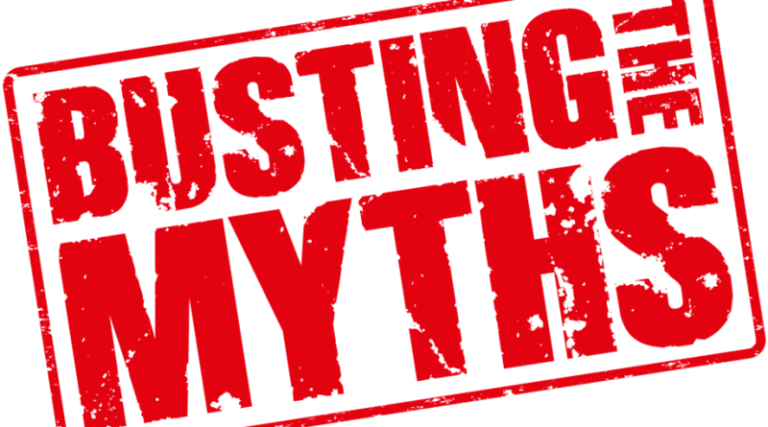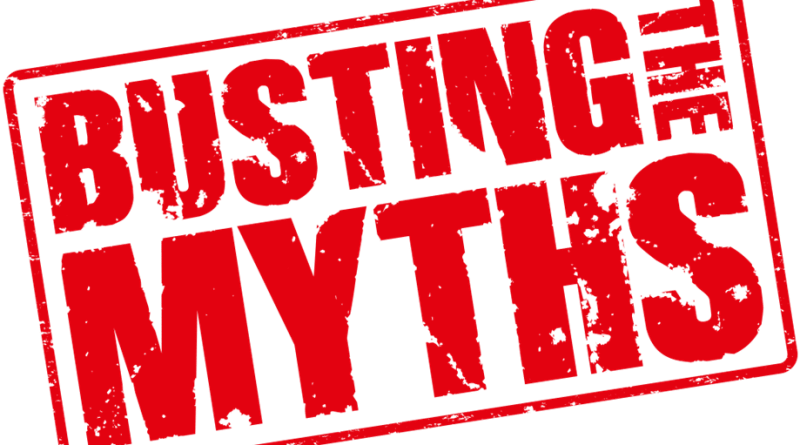
It’s no secret that the digital marketing sector is facing many significant challenges. Issues such as the rise and rise of ad blocking, along with concerns over view-ability, measurement and ad fraud are all long-standing issues.
While there are no easy answers to the challenges the industry is facing, smart digital marketers are looking at the bigger picture, at new and creative ways to build a brand and drive sales where issues such as ad blocking and view-ability don’t apply.
Why invest in out of home (OOH) media?
In the past, out of home (OOH) media been perceived as expensive, lacking in measurable data and generally difficult to enter, but not today. This is because it’s experiencing significant change, and as a result of digitization.
Key to this has been the advent of automated trading platforms in the OOH sector which have significantly lowered the threshold to entry and swept away the old barriers to access. As a result, OOH media has now become efficient, easy to purchase, transparent and available in real-time.
For digital marketers, in particular, it’s the digital screens that are of most interest. They are offering a raft of new ‘broadcast’ opportunities, enabling the OOH industry to become much more sophisticated, measurable and deliver new routes to market.
The functionality these screens provide include:
Live social media feeds – where a person can change the content on a screen by messaging through a social media channel
Vehicle recognition – where advertisers can deliver highly targeted creative to a particular type or colour of car as they drive past the screen
Facial recognition – the ability to deliver a different creative message to men and women as they walk past the digital screen
Audio enablement – allowing advertisers to run music with film trailer creative in environments like shopping centres
Temperature triggers – changing the creative message if the temperature moves above or below a certain level
Geo-targeting for moving media – targeting creative messages to specific parts of a town or city via digital taxi screens
A wide range of other functionality, including – geo-targeting by TV region and postcode and demographic targeting using first and third party data all facilitate the ability to deliver contextually relevant advertising campaigns
A stand out example of the new sophisticated approach to targeting that digital out of home (DOOH) offers has recently seen global digital agency Essence use our Bitposter platform to deliver a highly targeted and innovative contextual adverting campaign for the FT. The campaign used flight data to update passengers with relevant news from the FT when they arrived at their destinations via DOOH sites at Canary Wharf, Heathrow Terminal 5, as well as inventory across London Underground.
It’s also worth bearing in mind that OOH is a media where ads are 100% viewable and reach 98% of the UK population on a weekly basis. There’s no issue with ad blocking or fast forwarding ads in OOH. In fact, recent research on advertising recall highlights the boost brands can generate using OOH, particularly digital out of the home, which was ranked the best media in delivering advertising recall.
While digital screens currently make up only 2.35% of outdoor sites in the UK they are attracting 38% of the revenue spend in the outdoor sector, and are set to increase quickly as the cost of digital screens and their installation continue to fall.

Digital marketers are uniquely set to benefit from the revolution in OOH because of their ready access to online tools and customer data. For example, digital marketers can use online media to test and inform the OOH creative messaging. They can see which creative has the highest click-through rate for paid search and online display, and using site analytics, see which creative generates the most page impressions and dwell time, and use this messaging in their OOH creative.
Secondly, the proliferation of location data is set to drive more significant interest in OOH. Online performance can be measured and used to identify locations that index highly for people interested in the product being communicated. It’s possible to use online performance to identify IP addresses from online display and latitudes and longitudes from mobile to pinpoint locations where the highest click-through rates, or sales are generated, and use these to inform the buying of OOH. For example, if you know you have a high click-through rate from a site located in Tottenham Court Road in central London then buy OOH billboards in this area because this is obviously a location where people are interested in and want to buy your product.
You can find more information related to billboards in:



